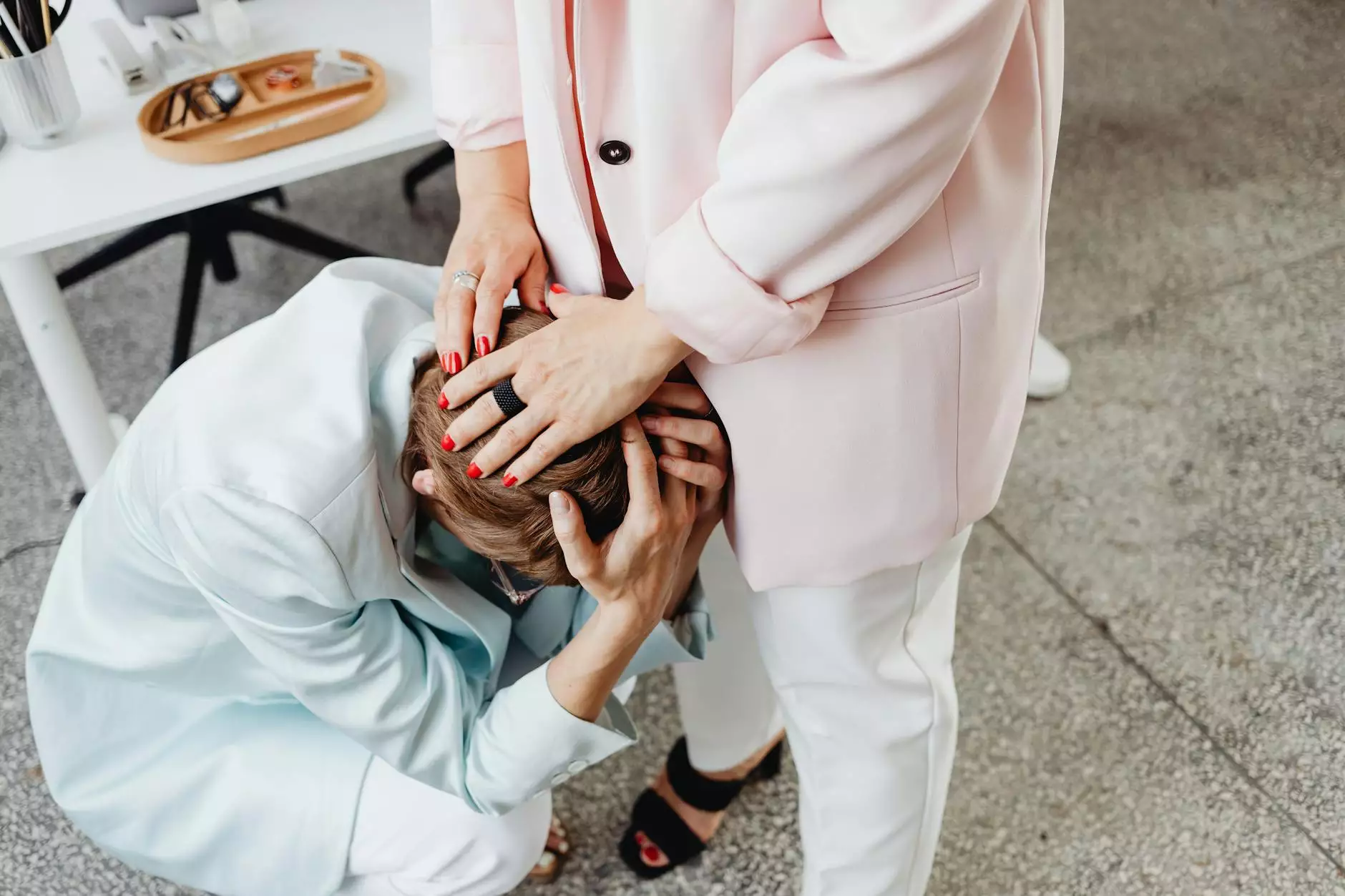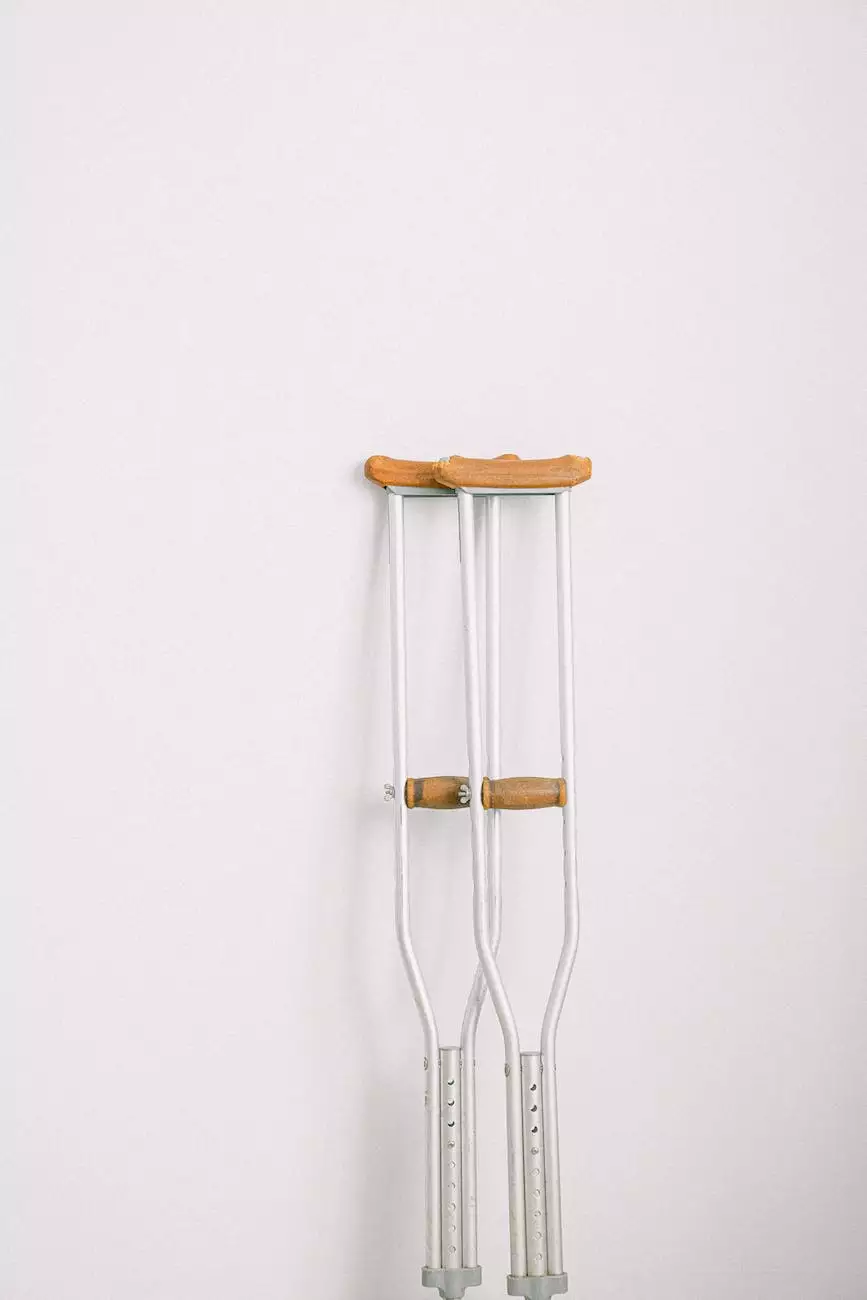Golfing After a Total Knee Replacement
Fitness Classes
At Sheridan Movement Studios, we understand the importance of staying active and pursuing your passion for golf even after a total knee replacement. Whether you are a professional golfer or enjoy the sport recreationally, our team of experts is here to guide you through the process and help you get back on the golf course with confidence. In this comprehensive guide, we will provide you with valuable information, techniques, and precautions to optimize your golfing experience after a total knee replacement.
Understanding Total Knee Replacement
Total knee replacement, also known as knee arthroplasty, is a surgical procedure that involves replacing the damaged or diseased knee joint with an artificial prosthesis. This procedure is commonly performed to provide relief from chronic knee pain, improve mobility, and enhance the overall quality of life for individuals with severe knee conditions.
While knee replacement surgery can significantly improve knee function, it is crucial to give your body proper time to heal and recover before resuming strenuous activities like golfing. Following your surgeon's guidelines and recommendations is essential to prevent complications and ensure the success of your knee replacement.
When Can I Resume Golfing After a Total Knee Replacement?
The timeline for resuming golf after a total knee replacement may vary depending on individual factors. It is vital to consult with your surgeon and physical therapist to determine the most appropriate timeline for you. Generally, most individuals can start golfing again between 3 to 6 months after the surgery, considering they have completed the necessary rehabilitation and their knee has fully healed.
During the initial stages following knee replacement surgery, your focus should primarily be on your rehabilitation program, which typically includes exercises to strengthen the muscles around the knee joint, improve flexibility, and regain the range of motion. Following a structured rehabilitation program will help you regain your strength and stability, enabling you to approach golfing with confidence and reduced risk of injury.
Precautions and Techniques for Golfing After a Total Knee Replacement
Golf is a low-impact sport that can be enjoyed by individuals of all ages, including those who have undergone knee replacement surgery. To ensure a safe and enjoyable golfing experience, here are some important precautions and techniques to keep in mind:
Selecting the Right Shoes
Investing in golf shoes that offer proper arch support, ankle stability, and cushioning is crucial. These shoes will help alleviate any unnecessary stress on your knee joints while providing stability during your swing.
Warm-up Before Playing
Prior to starting your game, it is essential to perform a thorough warm-up to prepare your body for the physical demands of golfing. This may include light stretching exercises targeting your lower body, such as the quadriceps, hamstrings, and calf muscles. Utilize a golf club to perform gentle swings gradually increasing in intensity to loosen up your shoulder and arm muscles.
Modifying Your Swing
After a total knee replacement, it is imperative to adjust your golf swing mechanics to avoid excessive strain on your knee joints. Consulting with a golf instructor experienced in working with individuals with joint replacements can help you modify your swing technique to be more knee-friendly. Focusing on maintaining proper balance, avoiding abrupt movements, and allowing your knee to flex naturally during your swing will reduce the risk of discomfort or injury.
Managing Your Practice and Playing Time
When returning to golfing after a total knee replacement, it is important not to overexert yourself. Gradually increase your practice and playing time, allowing your body to adapt and strengthen over time. Listen to your body and take breaks as needed to avoid overuse injuries and excessive stress on your knee joint. Incorporating rest days in your golf routine can promote recovery and prevent potential setbacks.
Utilizing Assistive Devices
If you experience difficulties with balance or stability after your knee replacement surgery, utilizing assistive devices such as golf carts or knee braces can provide additional support during your golfing sessions.
Conclusion
Golfing after a total knee replacement is indeed possible with the right precautions, techniques, and guidance. At Sheridan Movement Studios, our expert team is dedicated to assisting you in every step of your post-surgery golfing journey. By selecting suitable shoes, warming up adequately, modifying your swing, managing your practice time, and utilizing assistive devices when necessary, you can improve your golf game while prioritizing your knee health.
Remember, each individual's journey is unique, and it is essential to consult with your healthcare professionals to create a personalized plan that suits your needs. Stay committed to your rehabilitation program, practice patience, and gradually reintroduce golfing into your routine. With the right approach, you can continue to enjoy golf and lead an active lifestyle after a total knee replacement.










